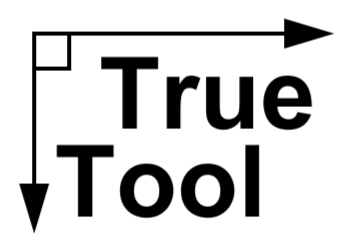
Why Maintaining HVAC Belts Matters
Share
Relentless Heat
Across much of the U.S., temperatures are soaring. Cities from Phoenix to Atlanta are clocking in with triple-digit highs, and demand on air conditioning systems is hitting its peak. For businesses and facilities managers, this is the worst possible time to deal with a downed HVAC unit. That’s why routine maintenance—especially on belts—isn’t just smart. It’s essential.
Belts: Small Parts, Big Role
In belt-driven HVAC systems, belts connect the motor to components like fans or compressors. They transfer power and keep the air moving. But belts wear out. Over time, they can slip, fray, crack, or lose tension. If a belt fails, air stops moving. That means no cooling, no ventilation, and lost productivity.
You wouldn’t drive your car across the desert with a frayed serpentine belt. Your HVAC system deserves the same attention.
Why It’s Worse in the Heat
When outdoor temps climb into the 90s or higher, your HVAC system runs longer and works harder. This increases tension and heat on the belts themselves. If a belt was already worn or improperly tensioned, the extra strain can push it past the point of failure.
And here’s the kicker: belt failure usually doesn't show up in a loud, dramatic way. It often starts with minor slippage. The system runs, but airflow drops, efficiency tanks, and components overheat. That quiet little problem can turn into major equipment damage or a full shutdown.
The Cost of Waiting
A failed belt might cost $10 to replace. But the downtime from a failed HVAC system? That can cost hundreds or thousands. Lost productivity. Emergency repair bills. Spoiled inventory. Complaints from tenants or customers. All because things were running well enough, so a belt wasn’t inspected and swapped out on time.
Simple Fix, Big Payoff
Checking and replacing belts is a fast, low-cost maintenance task. Regular inspections should look for:
-
Visible cracks or fraying
-
Glazing or shine on the belt (a sign of slipping)
-
Looseness or misalignment
-
High-pitched squealing sounds when the unit runs
Most facilities schedule this as part of seasonal maintenance, ideally before the heat hits. If you're in the middle of a heat wave and haven't checked your belts yet, now is the time.
Bottom line: In extreme heat, HVAC systems are under stress. Belts are a common point of failure, but also one of the easiest to prevent. Don’t let a $10 part shut down your entire cooling system. Stay ahead of the heat. Check your belts.
